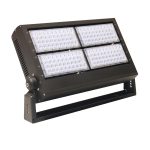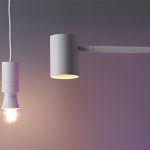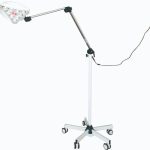BugBeGone: Discover How LED Lights in Certain Colors Can Keep Bugs Away
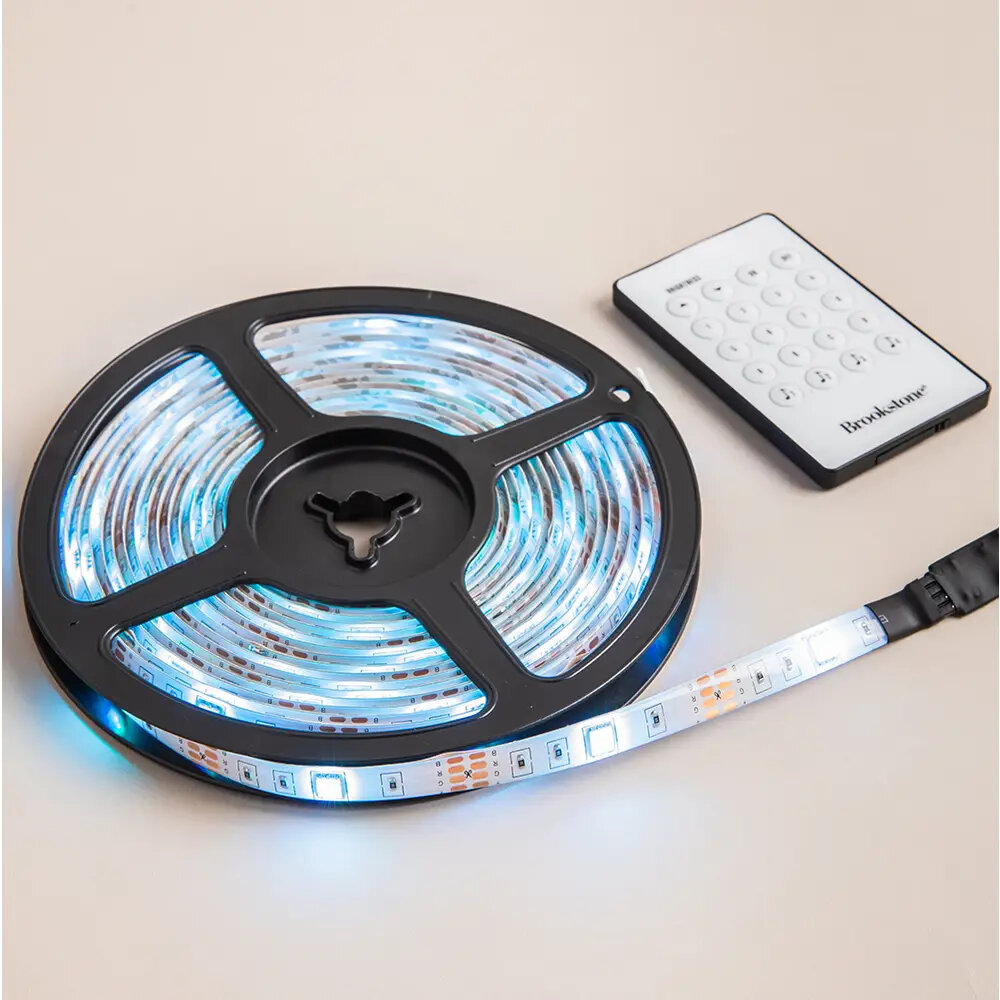
Bug infestations can be a nuisance for homeowners, especially during the warm summer months. Whether it’s mosquitos, flies, or other pesky insects, they can make outdoor activities uncomfortable and even pose health risks. While bug spray and candles are popular remedies, they can be messy, smelly, and even harmful. However, recent research has shown that LED lights in certain colors can effectively keep bugs away without any adverse effects. BugBeGone is a revolutionary solution that utilizes the benefits of LED lights to repel insects. Scientists have discovered that bugs are attracted to certain wavelengths of light, such as ultraviolet (UV) and blue light. By replacing traditional outdoor lights with BugBeGone LED lights, homeowners can reduce the number of bugs in their vicinity. Not only is this a more natural and eco-friendly option, but it also provides a safer and more pleasant outdoor experience. In this article, we will explore the science behind BugBeGone and how it can benefit you.
The problem of bugs has been an ongoing issue for humans for centuries. Insects, such as mosquitoes and flies, can be not only annoying but also carriers of diseases. To combat this problem, people have resorted to using insecticides. Although these chemicals can be effective in killing bugs, they can also have negative effects on the environment and human health. In addition, bugs can develop resistance to certain insecticides over time, making them less effective. As a result, alternative methods of bug control, such as LED lights in certain colors, are being explored to provide a more sustainable and eco-friendly solution.
If you’re someone who spends a lot of time outdoors, then you know how pesky bugs can be. From mosquitoes to flies, they can seem like an unavoidable part of any outdoor adventure. However, recent studies have shown that certain colors of LED lights can actually repel bugs. By emitting a specific wavelength of light, these bulbs can deter insects from coming too close. This is great news for anyone who wants to enjoy the great outdoors without being constantly bombarded by bugs. Whether you’re camping, hosting a backyard barbecue, or just enjoying a quiet evening on the porch, LED lights in bug-repelling colors can help keep the pests away.
How LED Lights Affect Bugs

LED lights have been found to have a significant impact on the behavior of bugs, particularly in terms of attraction and repulsion. This is because different colors of LED lights emit different wavelengths of light that can affect the way bugs perceive their environment. For instance, bugs are more attracted to shorter wavelengths of light, such as blue and violet, which is why traditional incandescent bulbs and fluorescent tubes often attract a large number of bugs. However, LED lights that emit longer wavelengths of light, such as yellow, amber, and red, have been found to be less attractive to bugs, making them an effective bug-repellent option. One reason why LED lights are effective at keeping bugs away is that they emit less heat than traditional light sources, which means that they do not attract bugs that are sensitive to heat. Additionally, LED lights can be programmed to emit specific colors of light, which can be used to target specific types of bugs. For instance, yellow LED lights have been found to be particularly effective at repelling mosquitoes, while green LED lights have been shown to be effective at repelling whiteflies and other plant pests. Overall, the use of LED lights can be an effective and environmentally-friendly way to keep bugs away and to reduce the need for harmful chemical insecticides.
LED lights in certain colors can repel bugs due to the science behind their wavelength. Insects, including mosquitoes and beetles, are attracted to light in the ultraviolet range, which is why traditional incandescent and fluorescent lights often attract bugs. However, LED lights emit a different type of light that is less attractive to insects. Specifically, LED lights with a longer wavelength, such as yellow, amber, and red, are less attractive to bugs, while shorter wavelength colors like blue and green are more attractive. This is because insects have photoreceptors that are sensitive to certain wavelengths of light, and LED lights in certain colors can interfere with their ability to see and navigate, making them less likely to be drawn towards the light source.
When it comes to using LED lights to keep bugs away, certain colors are more effective than others. Blue and white LED lights tend to attract more insects, while yellow, amber, and red LED lights are less attractive to bugs. This is because insects are drawn to shorter wavelengths of light, which are closer to the blue and ultraviolet end of the spectrum. Yellow, amber, and red lights have longer wavelengths, making them less appealing to insects. Additionally, some studies have shown that green LED lights can also be effective at repelling certain types of insects. Ultimately, choosing the right color of LED light will depend on the specific type of insect you’re trying to repel and the environment in which you’re using the lights.
Various studies have shown the effectiveness of LED lights in repelling bugs. A 2015 study conducted by the University of California, Riverside, found that LED lights emitting a wavelength of 550 nanometers (nm) were highly effective in repelling insects such as mosquitoes and sand flies. Another study published in the Journal of Economic Entomology in 2018 found that LED lights emitting a wavelength of 405 nm were effective in repelling pests such as cockroaches and ants. Furthermore, a 2016 study published in the Journal of Medical Entomology found that LED lights emitting a wavelength of 395 nm were effective in repelling bed bugs. These studies support the use of LED lights as an effective and eco-friendly alternative to traditional insecticides for pest control.
Benefits of LED Lights for Bug Control
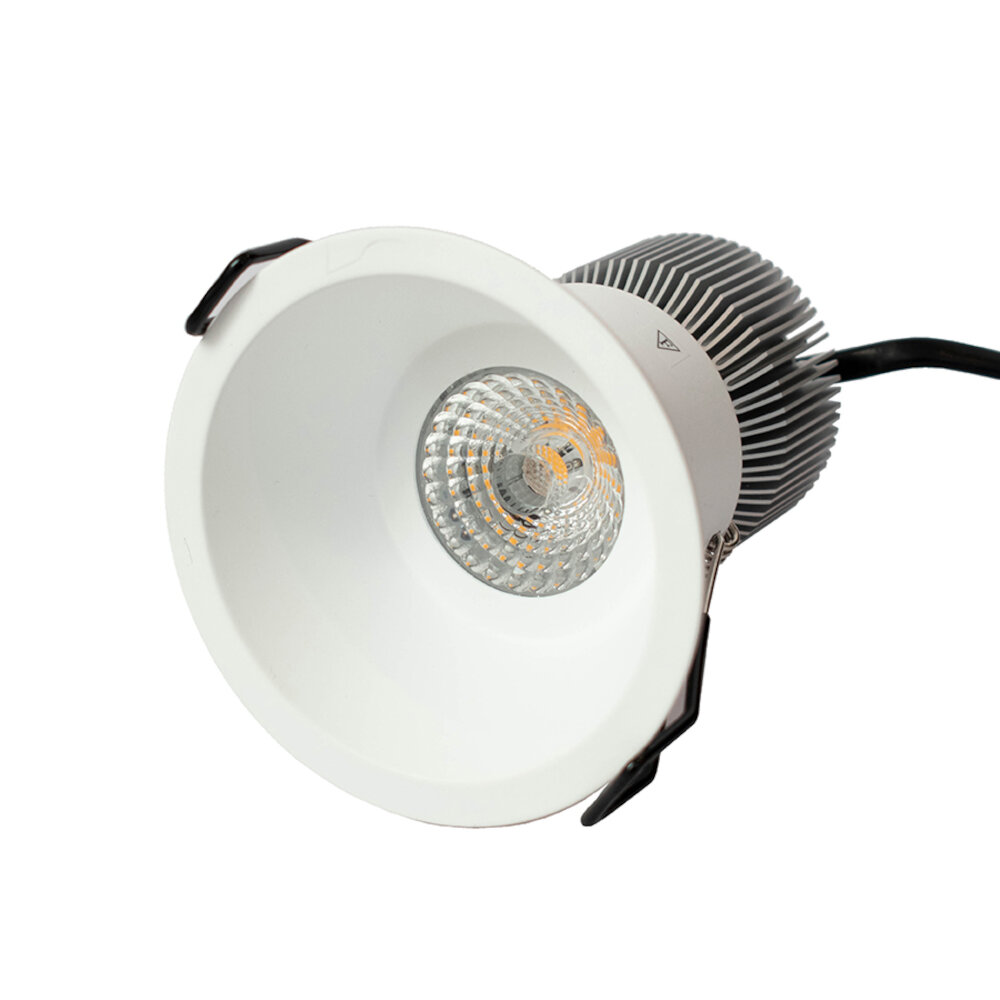
LED lights are a great alternative to traditional bug control methods, such as bug sprays and zappers. One of the benefits of LED lights for bug control is that they are much more environmentally friendly. Unlike bug sprays, which can release harmful chemicals into the air, LED lights do not emit any harmful substances. Additionally, LED lights are more energy-efficient, which means that they use less electricity and are better for the environment. This makes them a great option for those who are looking for a more sustainable way to control bugs in their home or garden. Another benefit of LED lights for bug control is that they come in a variety of colors, each of which can be used to target specific types of bugs. For example, yellow LED lights are effective at repelling mosquitoes, while blue LED lights are great for repelling flies. This means that you can customize your bug control approach based on the types of bugs that are most common in your area. LED lights are also long-lasting and durable, which means that they are a cost-effective option in the long run. Overall, LED lights are a great way to keep bugs away without harming the environment or exposing yourself and your family to harmful chemicals.
When it comes to getting rid of pesky insects, many people turn to traditional insecticides to do the job. However, with the increasing concern for the environment and human health, LED lights have become a popular alternative. Unlike insecticides, LED lights in certain colors emit wavelengths that repel insects without harming them or leaving harmful chemicals in the air. Additionally, LED lights have a longer lifespan and are more energy-efficient than traditional light bulbs, making them a more cost-effective and eco-friendly option. While traditional insecticides may be effective in the short term, switching to LED lights can provide a long-term solution that benefits both the environment and human health.
LED lights have numerous environmental and health benefits that make them a preferred choice over traditional lighting. Firstly, LED lights consume less energy, which reduces carbon emissions and helps in conserving energy. Secondly, LED lights have a longer lifespan than traditional lighting, which reduces the amount of waste generated. Furthermore, LED lights do not contain harmful chemicals such as mercury, which makes them safer for both human health and the environment. Additionally, LED lights emit less heat compared to traditional lighting, which reduces the risk of fire hazards. Overall, the use of LED lights is a sustainable and healthier option for lighting, with numerous benefits for the environment and human health.
LED lights are versatile and can be used in a variety of settings. In residential settings, LED lights are commonly used as ambient lighting, task lighting, and decorative lighting. They can also be used in commercial settings such as retail stores, offices, and restaurants to highlight products or create a certain ambiance. Additionally, LED lights have been found to be effective in keeping bugs away in outdoor settings such as patios, gardens, and campsites. By using certain colors of LED lights, such as yellow, orange, and red, bugs are less attracted to the light source, making it a natural and effective bug repellent. Overall, the flexibility and functionality of LED lights make them a popular choice in many different settings.
How to Use LED Lights for Bug Control
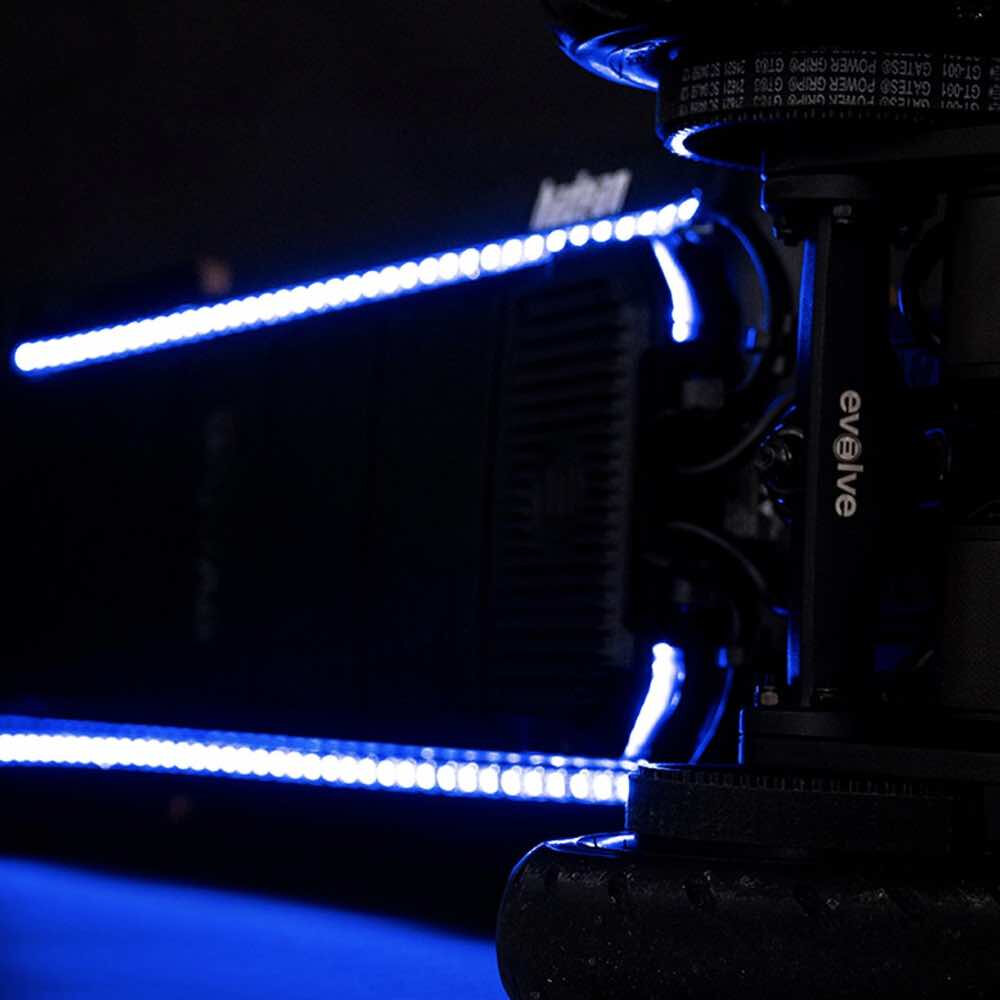
LED lights can be an effective and eco-friendly way to control bugs in your outdoor living spaces. Unlike traditional bug zappers that use harmful chemicals, LED lights emit specific colors that are less attractive to insects. For example, blue and green LED lights are known to repel mosquitoes and other flying insects, while yellow and amber lights are less likely to attract bugs than white lights. By strategically placing these LED lights around your patio or backyard, you can create a bug-free zone that allows you to enjoy the outdoors without being bothered by pesky insects. When using LED lights for bug control, it’s important to keep a few things in mind. First, the intensity and wavelength of the light can have a big impact on its effectiveness. Make sure to choose LED lights that are specifically designed for bug control and that emit the right color and brightness for your needs. Additionally, it’s important to place the lights in areas where bugs are likely to congregate, such as near standing water or in shady areas. By taking these steps, you can create a bug-free oasis that allows you to enjoy the outdoors without being bothered by pesky insects.
LED lights can be an effective and eco-friendly way to keep bugs away. First, choose lights that emit a wavelength in the blue or green range, which is less attractive to insects. Second, strategically place the lights around the perimeter of your outdoor space, focusing on areas where bugs tend to congregate. Third, avoid using bright white lights, which can actually attract bugs. Fourth, consider using motion sensor lights, which will only turn on when someone is present, saving energy and keeping bugs away. Finally, make sure to keep the area around the lights clean and free of standing water, as this can attract mosquitoes and other pests. By following these tips, you can enjoy bug-free evenings outdoors.
LED lights and fixtures are available in a wide range of types and designs to suit various lighting needs. Some of the most common types include floodlights, spotlights, strip lights, and downlights. Each type comes with unique features such as brightness, color temperature, and beam angle. Additionally, LED lights can be classified based on their color temperature and color rendering index (CRI), which affects the quality of light produced. For bug-repellent purposes, LED lights with a color temperature of 3000K or lower and a wavelength of 550nm-600nm are recommended as they are less attractive to insects. These types of LED lights can be found in various fixtures, including outdoor wall sconces, porch lights, and garden lights.
Setting up and maintaining LED lights for bug control requires some careful planning and attention to detail. First, it’s important to choose LED lights that emit a specific color of light, such as yellow or amber, which are less attractive to bugs than other colors. Next, the lights should be placed strategically around the exterior of the building or outdoor space, focusing on areas where bugs are most likely to congregate. It’s also important to regularly clean the lights to prevent the buildup of dirt and debris that could attract bugs. Finally, it’s a good idea to periodically check the lights for any signs of damage or malfunction, such as flickering or dimming, and replace them as needed to ensure they continue to effectively repel bugs. With proper setup and maintenance, LED lights can be a highly effective tool for keeping bugs at bay and enjoying the great outdoors without any unwanted guests.
Potential Drawbacks of LED Lights for Bug Control
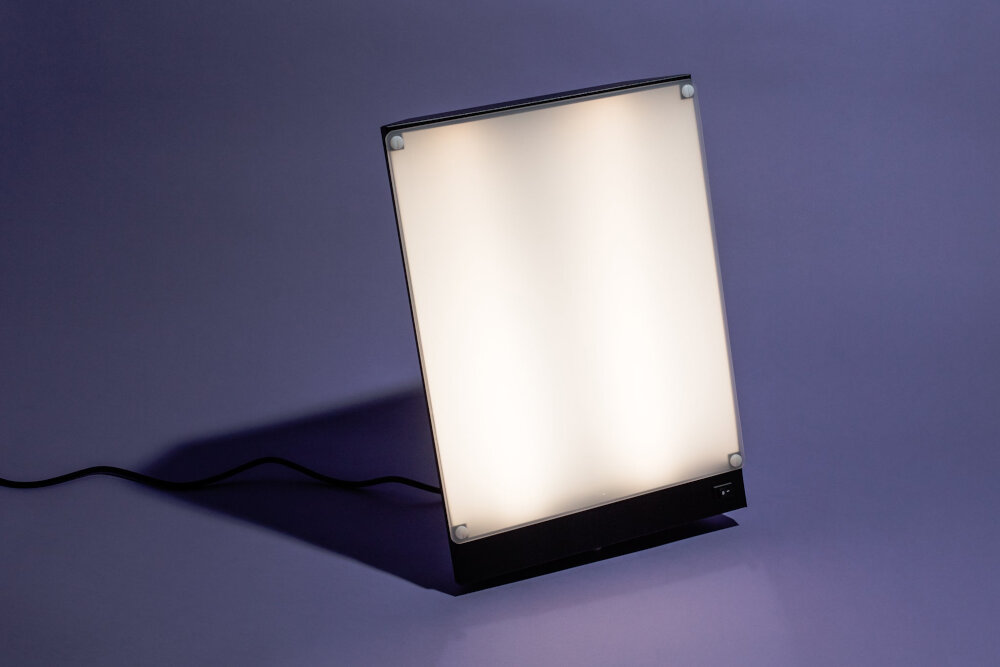
While LED lights in certain colors have proven to be effective in repelling bugs, there are also potential drawbacks to using them for bug control. One issue is that LED lights can be more expensive than traditional lighting options, which may not be feasible for some homeowners or businesses. Additionally, LED lights require more specialized installation and maintenance, which can add to the overall cost of using them for bug control. Another potential drawback of LED lights for bug control is that they can have limited effectiveness against certain types of bugs. While LED lights in certain colors may be effective in repelling mosquitoes and other flying insects, they may not be as effective against other pests like ants or cockroaches. Additionally, LED lights may not be effective in all environments, such as areas with high humidity or where there are other sources of light that can attract bugs. As such, it is important to consider the specific needs and challenges of each environment when deciding whether to use LED lights for bug control.
While LED lights have emerged as a promising solution to repel bugs, there are some drawbacks to their usage. For instance, not all LED lights are equally effective in repelling bugs, and some bugs may still be attracted to certain LED colors. Additionally, LED lights that emit blue or white colors can disrupt a person’s circadian rhythm and sleep pattern, making it difficult to sleep at night. Moreover, some LED lights may not be suitable for outdoor use, as they may not be able to withstand harsh weather conditions, and their effectiveness may be reduced in outdoor environments with bright sunlight or heavy rain. Therefore, while LED lights can be an effective bug repellant, it is essential to choose the right colors and type of LED lights and ensure they are used appropriately.
Overcoming challenges associated with keeping bugs away can be achieved through various means. One of the most effective ways is to use LED lights in specific colors such as yellow, orange, and red, which are less attractive to bugs. Additionally, it is essential to maintain cleanliness and hygiene in and around the house to prevent bug infestation. Regularly cleaning the house, disposing of garbage, and sealing openings that may serve as entry points for bugs can significantly reduce their presence. Using natural remedies such as essential oils or citronella candles can also help repel bugs. Finally, consulting with a pest control professional can help identify the specific types of bugs present and provide tailored solutions to get rid of them.
LED lights are becoming a popular choice for bug control due to their effectiveness and energy efficiency. One of the biggest benefits of using LED lights for bug control is their ability to emit certain colors that insects find unattractive, such as blue and violet. This means that LED lights can reduce the number of flying insects around your home without the need for harmful chemicals or pesticides. However, there are also some drawbacks to consider. LED lights can be more expensive than traditional light bulbs, and may not be as bright or effective at illuminating outdoor spaces. Additionally, some studies suggest that LED lights can disrupt the natural behavior of nocturnal insects and impact local ecosystems. Overall, LED lights can be an effective and eco-friendly way to control bugs, but it’s important to weigh the pros and cons before making a decision.
LED lights are an effective and versatile solution for repelling bugs. They emit a wavelength of light that is unappealing to insects, making it an efficient way to keep them at bay. In addition, LED lights come in a variety of colors, allowing for customization based on the type of bug being targeted. For example, yellow LED lights are most effective for repelling mosquitoes, while blue LED lights work best for repelling fruit flies. LED lights are also eco-friendly and energy-efficient, making them a sustainable option for bug repellent. Overall, LED lights provide a safe and efficient way to keep bugs away, making them an excellent addition to any outdoor space.
If you’re tired of using traditional insecticides, it’s time to try LED lights! Not only are they more eco-friendly, but they’re also incredibly effective at keeping bugs away. Certain colors of LED lights, such as yellow or orange, are known to be less attractive to insects. By using LED lights in your outdoor space, you can create a bug-free zone without harming the environment or exposing your family to harmful chemicals. So why not give it a try? Switch to LED lights and enjoy a relaxing evening outside without the hassle of pesky bugs.
Conclusion
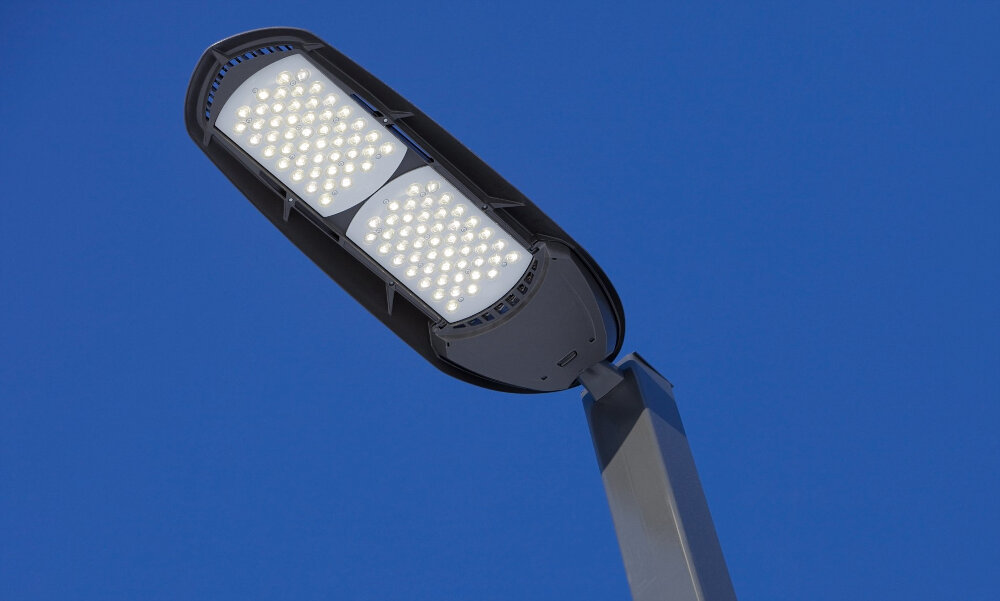
In conclusion, BugBeGone is a fascinating discovery that sheds new light on the age-old problem of bugs invading our living spaces. With the help of LED lights in specific colors, we can now effectively keep bugs at bay without the need for harmful chemicals or unpleasant odors. This innovative approach not only benefits our health and well-being but also helps to preserve the delicate balance of our ecosystem. It is truly remarkable how simple yet effective solutions can make a significant difference in our daily lives. Let us embrace this breakthrough technology and bid farewell to pesky bugs once and for all.

